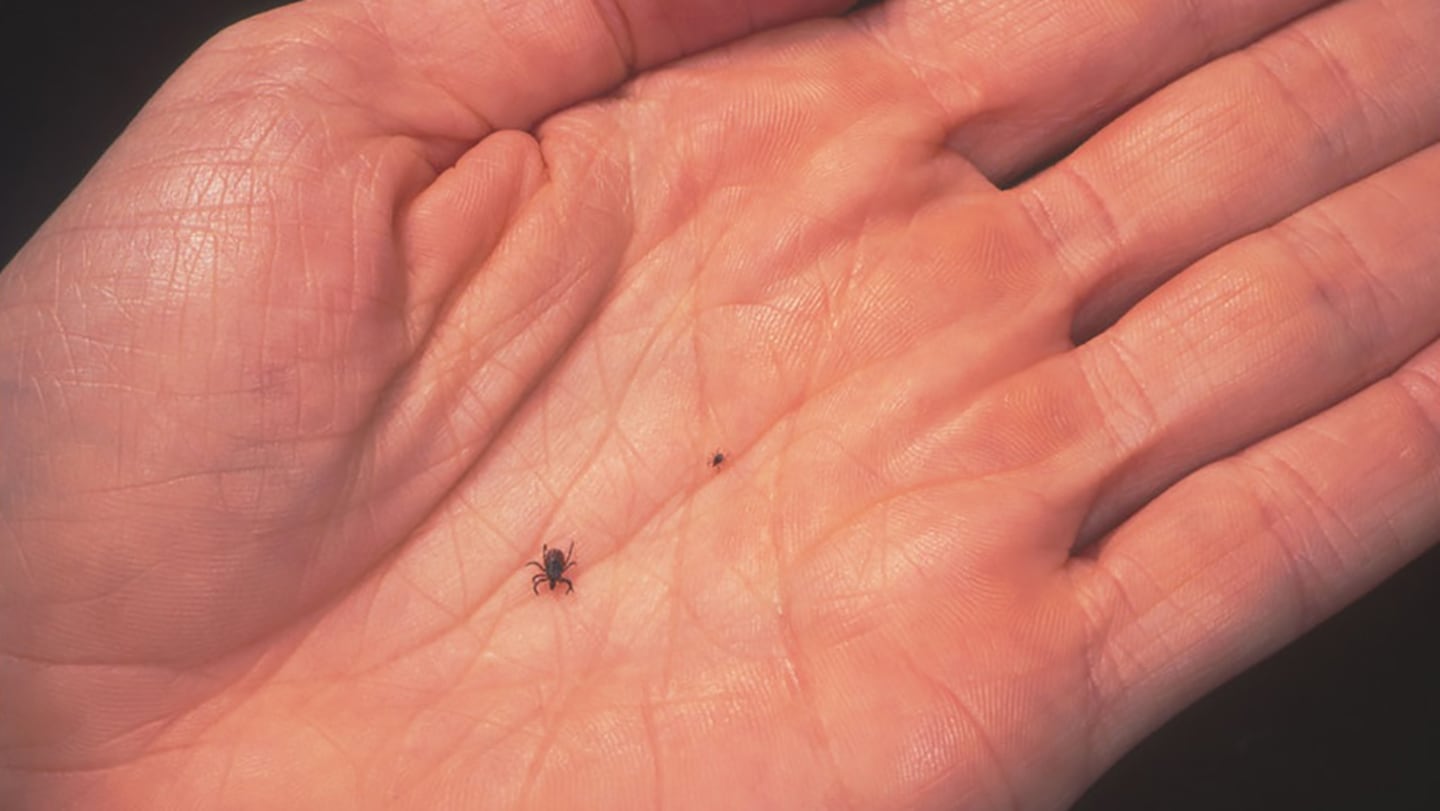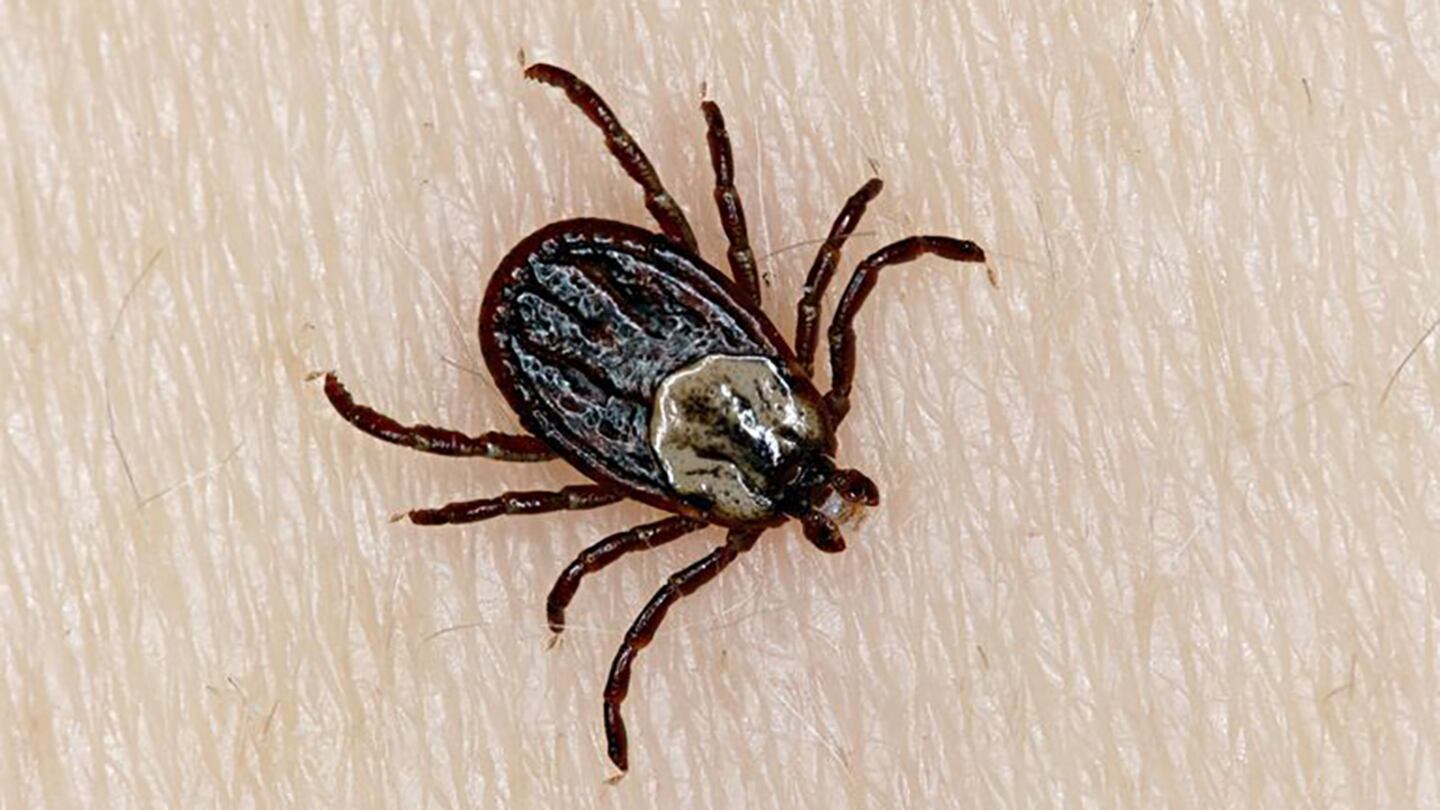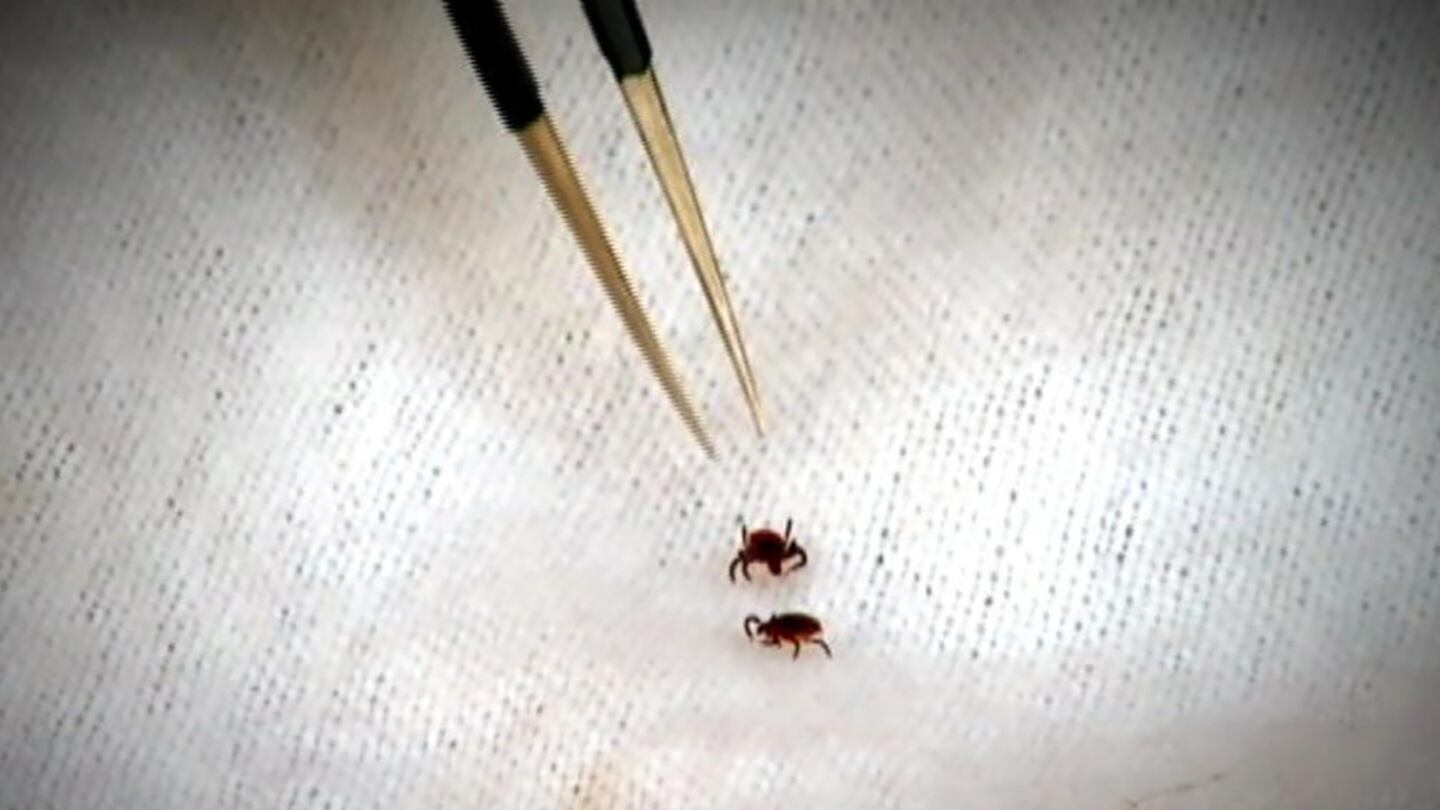ROCK HILL, S.C. — A tiny bug, found in nearly every backyard, is causing long-term, debilitating illnesses.
July is by far the worst month of the year for Lyme disease from a tick bite. More than 30,000 new cases are reported every year, but experts believe that is a tiny fraction of the real number.
[LINK: WHAT TO KNOW ABOUT LYME DISEASE]
The Centers for Disease Control and Prevention estimates the actual number of annual Lyme disease cases is closer to 300,000 – 10 times the number reported to the CDC.
"I FELT LIKE I WAS GOING CRAZY"
Laura Bebber of Rock Hill never saw the tick that bit her. Then the intense shooting pain started.
She had no idea what was wrong with her.
"I felt like I was going crazy. The pain was only on the left side of my body," Bebber said.
She went to the emergency room in Rock Hill several times, afraid she was having a heart attack. Each visit gave her no answers.
"They'd look at me and they're like, ‘You're fine.’ They would do tests, and I felt really crazy," she said.
Bebber started doing research on her own, panicking because the migraines and extreme fatigue shut down her active life. It was months before her own family doctor suggested a test for Lyme disease.
It was positive, as were repeat tests.
"My dad had Lyme disease and his symptoms were not the same as mine, so I thought there was no way I could have it too," Bebber said.
LYME DISEASE CAN LOOK LIKE SO MANY OTHER THINGS
Experts say if caught early, the illness can be treated with antibiotics since it is a bacterial infection. However, it's usually not caught early because many victims don't know they have a tick bite, and the illness mimics many other autoimmune diseases.
Eleanor Raymes is an infection preventionist at Piedmont Medical Center. She said often times, Lyme disease is misdiagnosed.
"A physician can be looking at so many other things and completely missing it. It can look like so many things. It can look like rheumatoid arthritis. It can look like fibromyalgia," Raymes said.
It took Bebber five months to finally be tested for Lyme disease. It happened when she went back to her family doctor and described her symptoms to her.
Early signs and symptoms of Lyme disease (3 to 30 days after tick bite):
- Fever
- Chills
- Headache
- Fatigue
- Muscle and joint aches
- Swollen lymph nodes
- Bullseye rash (occurs in approximately 70 to 80 percent of infected persons) that expands gradually over a period of days reaching up to 12 inches or more
Long-term symptoms of Lyme disease:
- Severe headaches and neck stiffness
- Additional rashes on other areas of the body
- Arthritis with severe joint pain and swelling
- Facial palsy (loss of muscle tone or droop on one or both sides of the face)
- Intermittent pain in tendons, muscles, joints, and bones
- Heart palpitations or an irregular heartbeat
- Episodes of dizziness or shortness of breath
- Inflammation of the brain and spinal cord
- Nerve pain
- Shooting pains, numbness, or tingling in the hands or feet
- Problems with short-term memory
"Lyme disease is a beast that has two sides,” Raymes said. “One side is getting diagnosed, so that's the first part. That's hard to do. And then the second part is like, once you're diagnosed you're like, ‘This is crazy. How do we go about fixing this?’"
If the illness becomes chronic, there is no known treatment. At that point, doctors are only treating the symptoms, which can be severe.
"You can have permanent neurological damage, nerve damage. You can even hard cardiac damage," Raymes said.
It can also cause autoimmune responses that can differ from person to person.
HOT SPOTS FOR LYME DISEASE
Surprisingly, the CDC finds the most Lyme disease cases where you might not expect them.
More than 90 percent of reported cases are found in Connecticut, New Jersey, Pennsylvania, Maine, Delaware, and New York. The illness was actually named for a tiny town in Connecticut, where it was discovered.
Some believe the disease is found more in northern states because of lower temperatures, which allow ticks to climb onto tree limbs, shrubs, and plants, where they can have more contact with humans.
In the Deep South, experts believe ticks may remain low to the ground, under leaf cover to escape the heat, limiting contact with people.
The CDC said those most affected are boys between 5-9 years old. Men in their 40s and 50s are the next most common group to contract Lyme disease.
North Carolina state health officials reported 323 confirmed cases of the disease from 2006 to 2016. South Carolina reported 259 over that same period.
[LINK: LYME DISEASE IN SOUTH CAROLINA]
However, those are only the cases with a positive test result.
RECOVERING FROM THE ILLNESS
It's been almost three years since Bebber first started feeling symptoms, in October of 2015. The pain is still with her, though she tries not to be overcome by it.
"I don't want this to totally freeze my life and stop me from living," she said.
Antibiotics helped, but not enough. She said she tries to sleep well, eat well, and take care of herself.
"I would tell people who have this, ‘Don't let it dominate your life. You have to still live,’" she said.
Bebber said her experience has shown her that there's still much unknown about Lyme disease, and honest doctors will tell you they just don't know.
SPOTTING LYME DISEASE
It's commonly thought that Lyme disease starts with a bullseye rash, but many sufferers don't necessarily have one. If you find a tick that's possibly been on you for more than 24 hours and you begin to experience headaches, muscle pain, or fatigue, get tested for Lyme disease. Then, get tested again in a few weeks. Many tests show up negative at first.
Experts say if you spot a tick on you or a family member, remove it from the skin with tweezers, not your fingers, and make sure if it's head is embedded in your skin, that's it's removed too.
Cox Media Group













